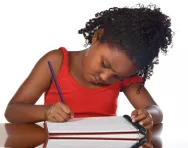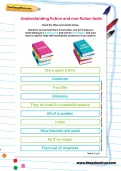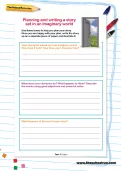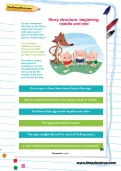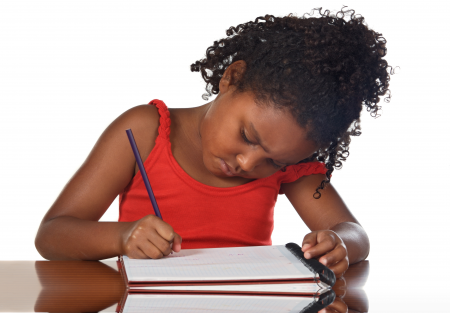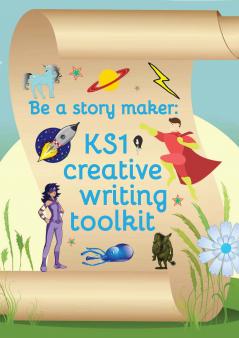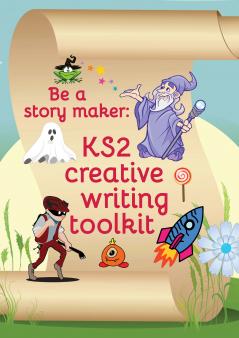Important update from TheSchoolRun
For the past 13 years, TheSchoolRun has been run by a small team of mums working from home, dedicated to providing quality educational resources to primary school parents. Unfortunately, rising supplier costs and falling revenue have made it impossible for us to continue operating, and we’ve had to make the difficult decision to close. The good news: We’ve arranged for another educational provider to take over many of our resources. These will be hosted on a new portal, where the content will be updated and expanded to support your child’s learning.
What this means for subscribers:
- Your subscription is still active, and for now, you can keep using the website as normal — just log in with your usual details to access all our articles and resources*.
- In a few months, all resources will move to the new portal. You’ll continue to have access there until your subscription ends. We’ll send you full details nearer the time.
- As a thank you for your support, we’ll also be sending you 16 primary school eBooks (worth £108.84) to download and keep.
A few changes to be aware of:
- The Learning Journey weekly email has ended, but your child’s plan will still be updated on your dashboard each Monday. Just log in to see the recommended worksheets.
- The 11+ weekly emails have now ended. We sent you all the remaining emails in the series at the end of March — please check your inbox (and spam folder) if you haven’t seen them. You can also follow the full programme here: 11+ Learning Journey.
If you have any questions, please contact us at [email protected]. Thank you for being part of our journey it’s been a privilege to support your family’s learning.
*If you need to reset your password, it will still work as usual. Please check your spam folder if the reset email doesn’t appear in your inbox.
Creative writing and fiction
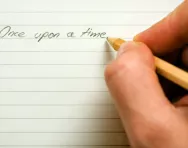
Enjoying a wide range of fiction and being able to write stories are core primary school literacy objectives. In this section you'll find lots of expert advice as well as fun and engaging creative writing resources to encourage your child to write their own stories and develop their phonics, grammar and reading skills.
Fire your child's imagination with these creative writing resources for your child
Explore a range of unique resources to help your child develop their creative writing skills. Find out how creative writing is taught in school and discover ways to inspire your child to inject that special spark into their story writing. You'll also find worksheets that focus on the creative writing objectives and skills for each school year, including how to structure a story, express character feeling and improving descriptions by adding powerful verbs.
We also have planning frames, story templates and writing tasks for each school year, and if you want even more engaging and in-depth resources to encourage your budding author, download our KS1 and KS2 creative writing toolkits!
You'll also find out how reading and writing are assessed, what reading schemes are and how to foster a love of reading that will last your child a lifetime.
Worksheets
Search all Creative writing and fiction worksheets by year
Move over JK Rowling...
Children have such amazing imaginations and make up stories all the time. Encouraging them to write them down can be more of a challenge though! To encourage the budding writer in your home to put pen to paper, why not look at these:

Storytelling: building the next generation of fiction writers
Encourage budding authors with our KS1 and KS2 creative writing toolkits!
Bursting with fill-in prompt sheets and inspiring ideas to get even the most reluctant writer started, the KS1 Creative Writing Toolkit is the perfect way to encourage children aged 5 to 7 to put pen to paper.
And if your KS2 child longs to write stories, download our KS2 Creative Writing Toolkit, packed with gorgeously-illustrated pages to write on, is what you need to inspire them.


